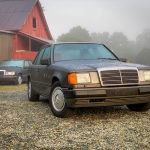In the late 18th century and early 19th century, the US went through an industrial and consumer revolution. Goods were being produced in greater numbers than ever before, but the country’s infrastructure was still primitive. The population was spread out, with most people living in isolated villages and small towns, while the road network was poor. Shopping centres didn’t exist, and the shops in most towns carried a very limited range of products. Cue the launch of the mail-order catalogue, which allowed consumers to buy anything from clothing and kitchen utensils to home furnishings – and cars.
Instead of setting up a network of dealerships across the US, some car makers opted instead to sell their products via mail-order catalogues. The first was the St Louis Automobile Supply & Parts Company, which began trading as early as 1900, and over the following years there would be many more including Kiblinger (1907–1909), Sears (1908–1912) and Pratt-Elkhart (1909–1911). By the early 1920s the mail-order trend had ended, but in 1946 it was revived by Claud Dry and Dale Orcutt, when they launched the King Midget.
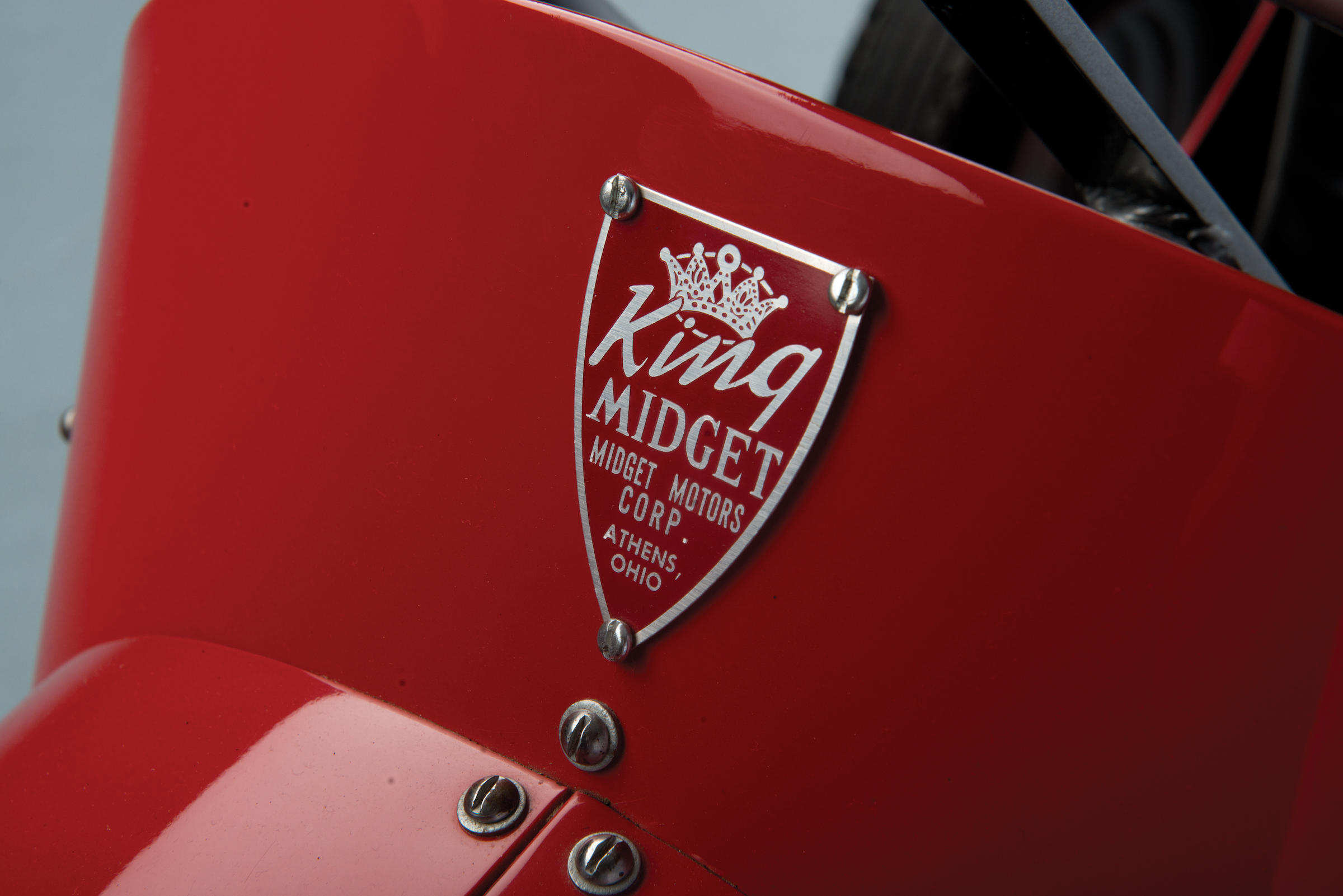
Founded in Athens, Ohio, the King Midget was launched as a single-seater runabout (the red car here), available initially only as a kit, but within a year it could be ordered as a fully assembled car. Priced at just $270 in kit form, the King Midget was billed as the world’s lowest-priced car; those who opted for a turn-key edition had to pay $350. Although the King Midget was a mail-order product, it wasn’t sold through catalogues; instead it was advertised in magazines such as Popular Science, with buyers invited to deal direct with the factory.
Customers could purchase the cars directly from the factory or through what Dry and Orcutt dubbed the ‘Rider Agent Plan’. By using this, a buyer could take delivery of their car at the Athens factory, or the company would ship it to the purchaser’s home. The new owner was encouraged to demonstrate their King Midget to other prospective buyers, earning a commission in the process.
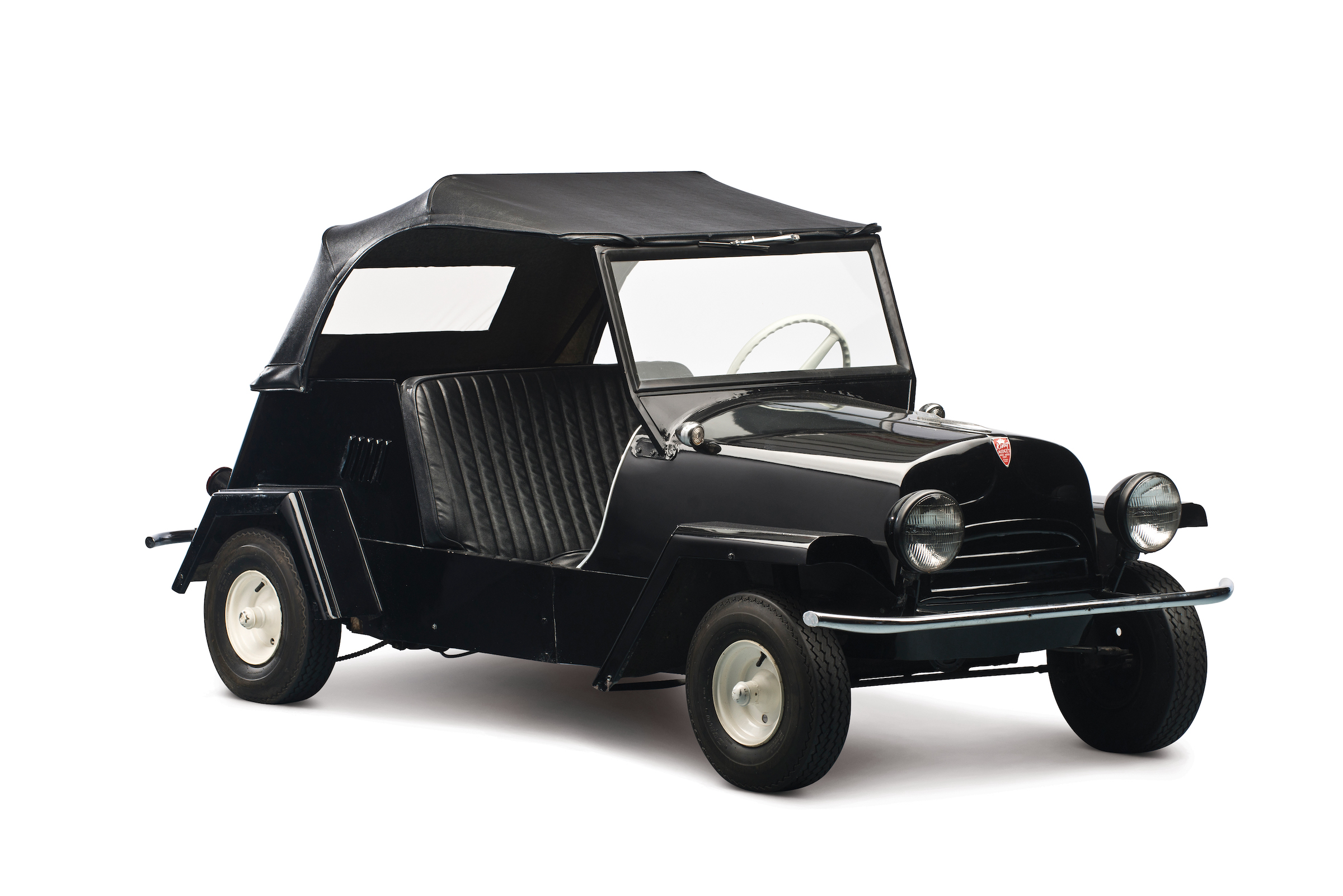
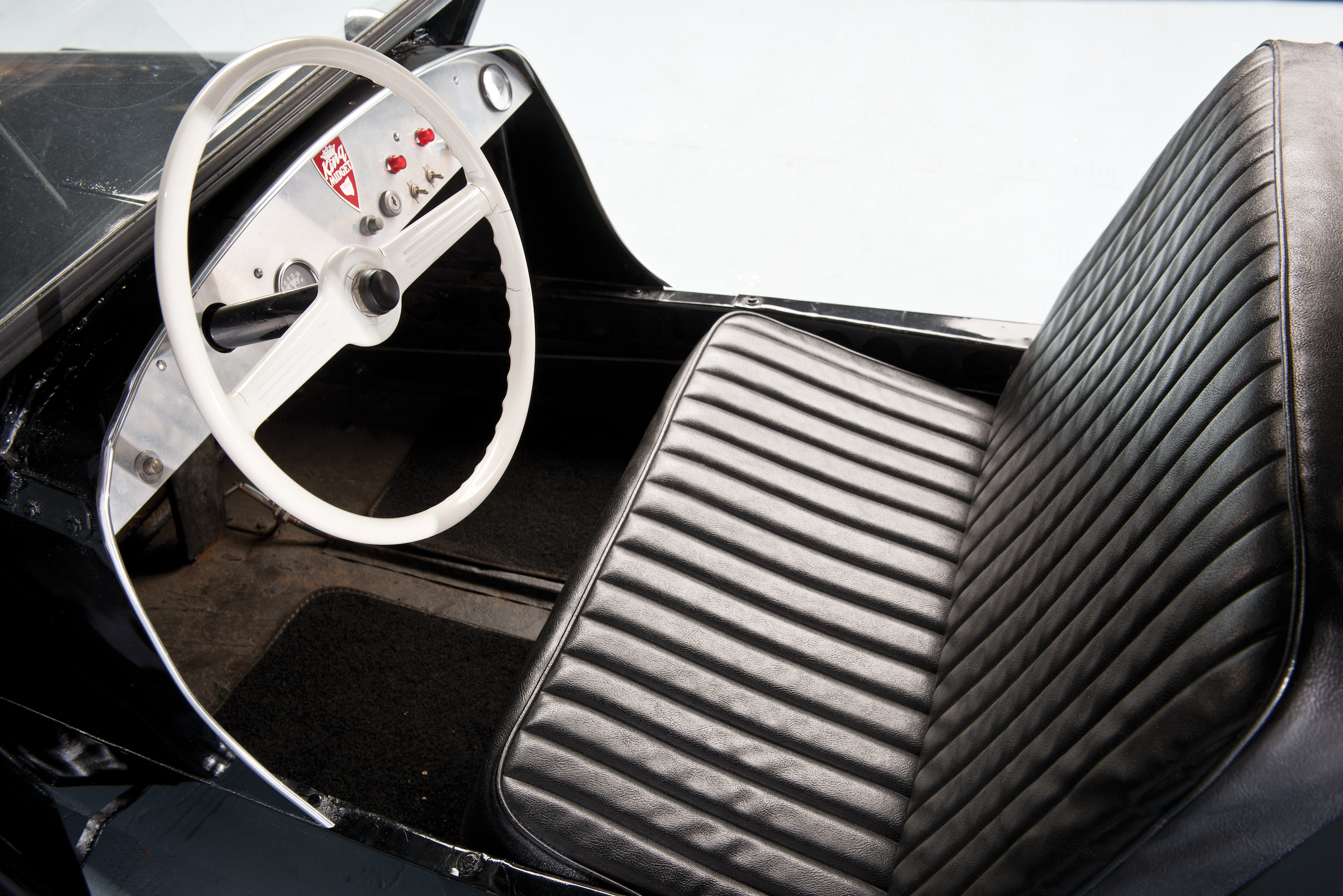
The King Midget had a track of just 40 inches and was generally powered by a one-cylinder rear-mounted Wisconsin engine rated at all of 6bhp, although buyers could fit any single-cylinder powerplant of their choosing. The earliest cars could be fitted with a three-speed manual transmission, although the company soon developed its own one-speed automatic gearbox, which lacked a reverse gear.
In 1951 the King Midget was completely redesigned to become the Series II (the black car here), looking much more like a conventional car, but in miniature. The two-passenger roadster now came with a more powerful 377cc engine that developed a mighty 7.5bhp, and there was also now the luxury of a cloth roof, but there were still no doors. The wheelbase grew to six feet with the overall length stretched to 102 inches, while the reverse-less automatic transmission was carried over. By now the price of an assembled King Midget was pitched at $550, but savings could still be made by ordering in kit form.
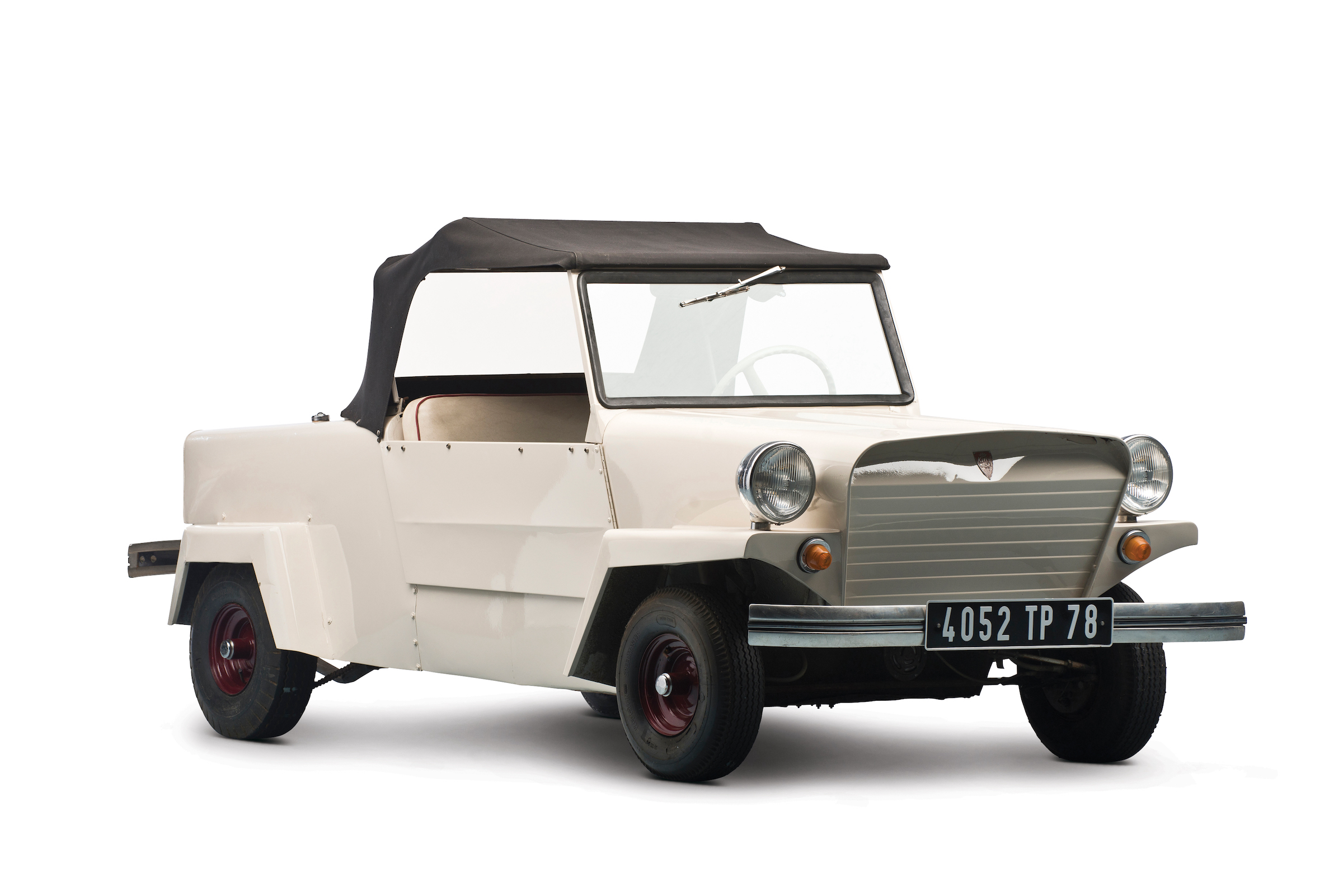
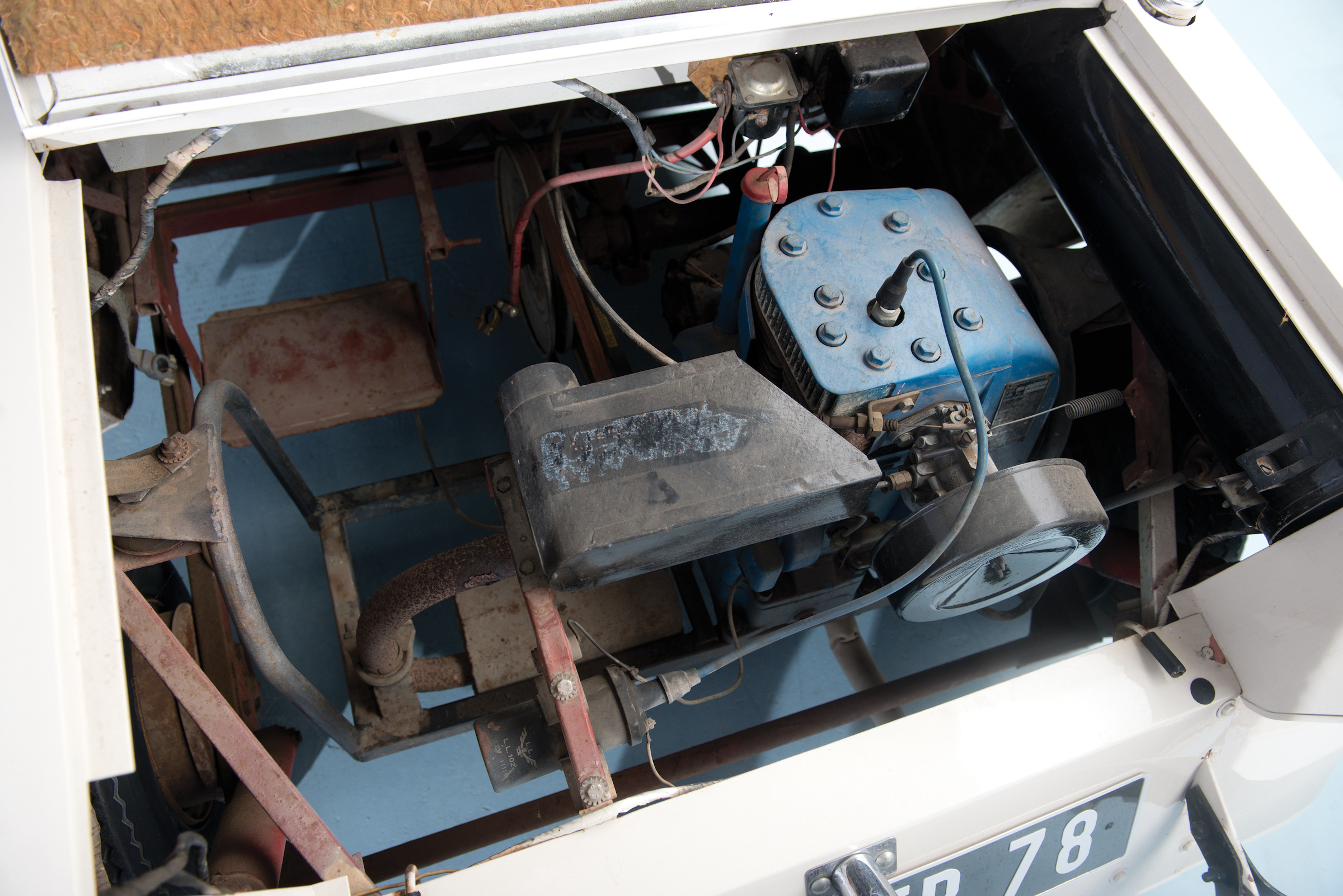
Sales ticked over nicely, with hundreds of King Midgets sold every year, the production matched carefully with demand. For 1958 there was another update, with the King Midget facelifted to become the Series III; that’s the white car shown here.
The wheelbase increased to 76 inches with the car now 117 inches long, but the big news was the fitment of doors as standard; the King Midget was a true ‘luxury’ car at last. There was also a new two-speed automatic transmission which featured a reverse gear. The same Wisconsin engine was carried over, but with a power boost to 9.25bhp; from 1967 buyers could opt for a 475cc Kohler unit rated at 12bhp.
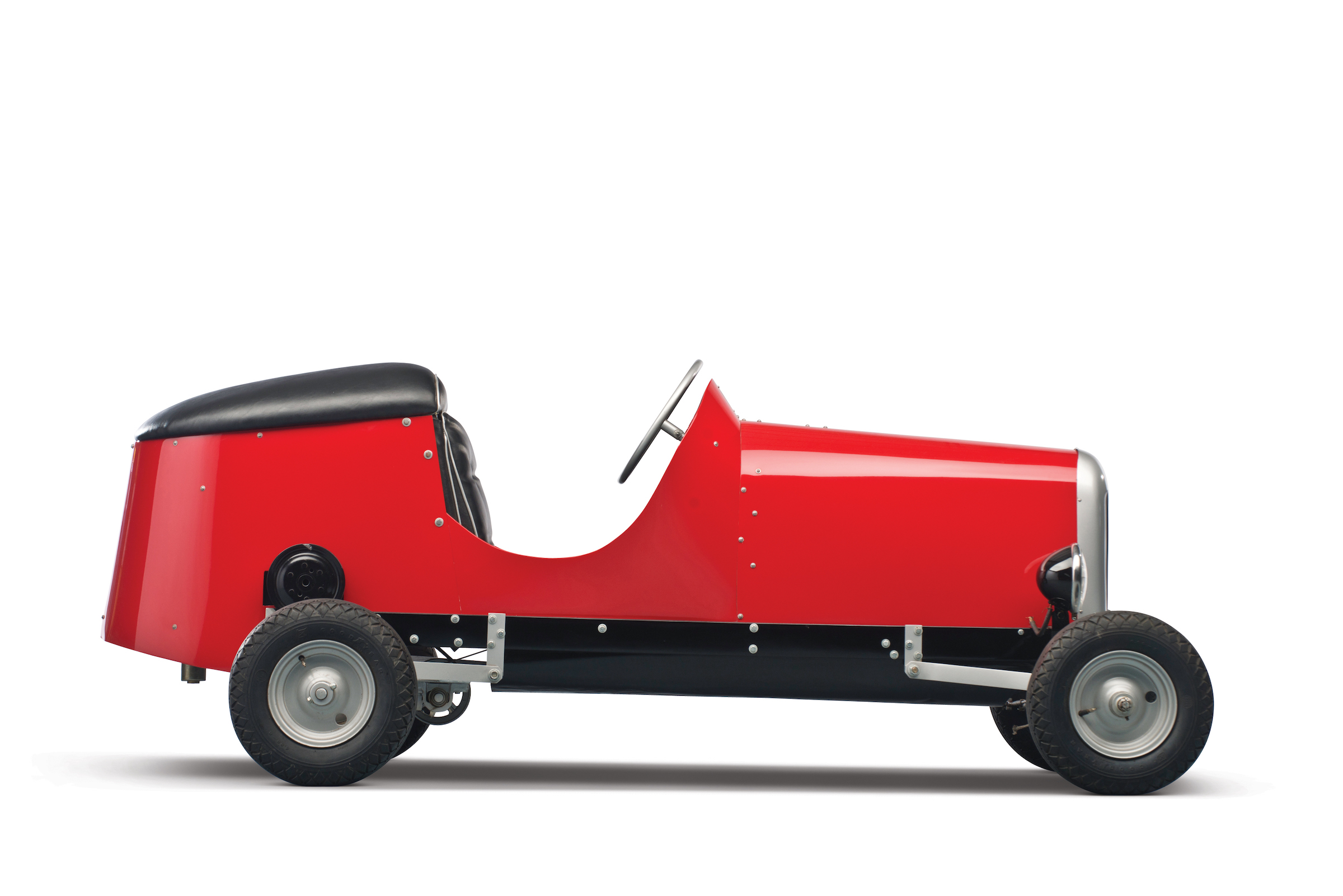
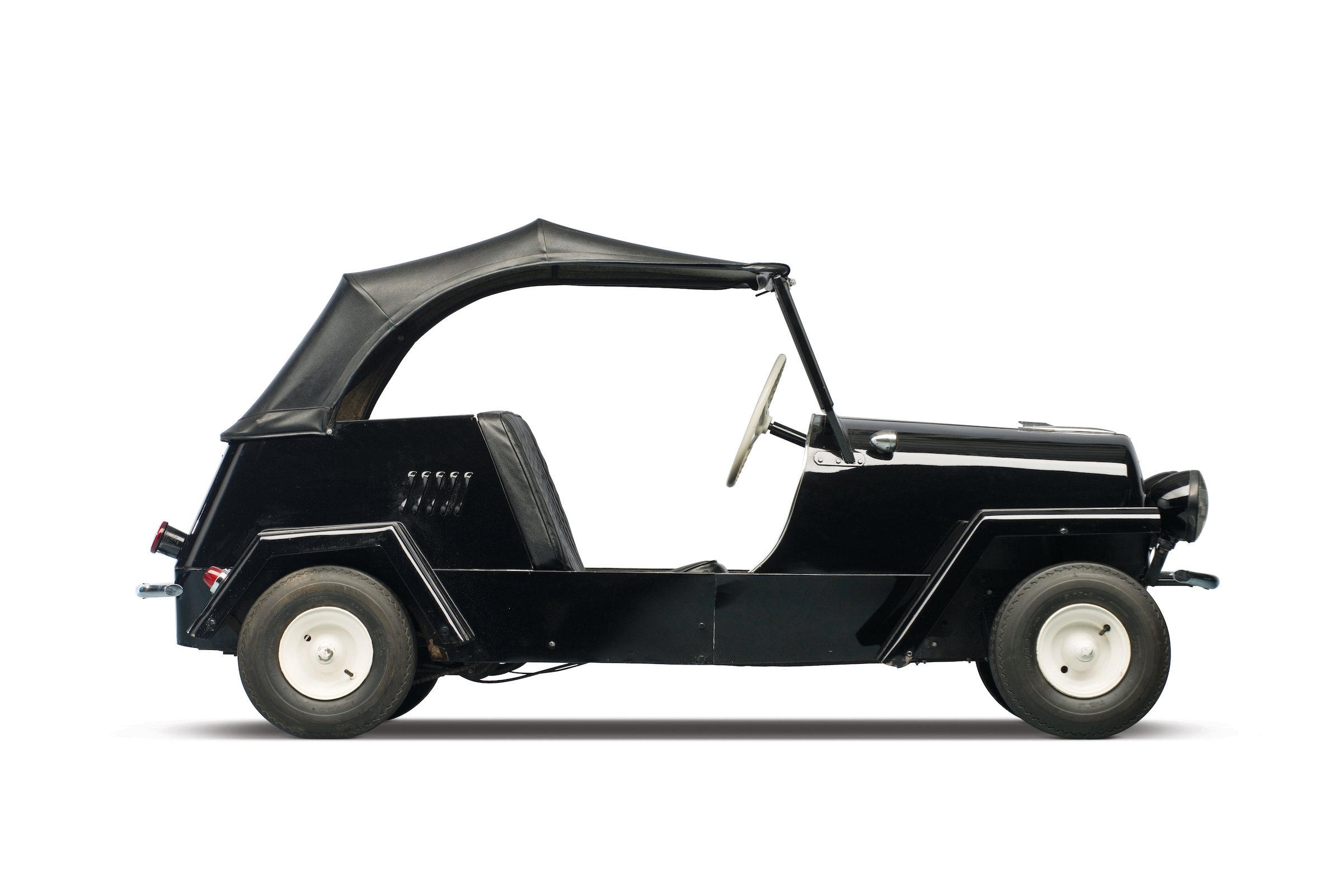
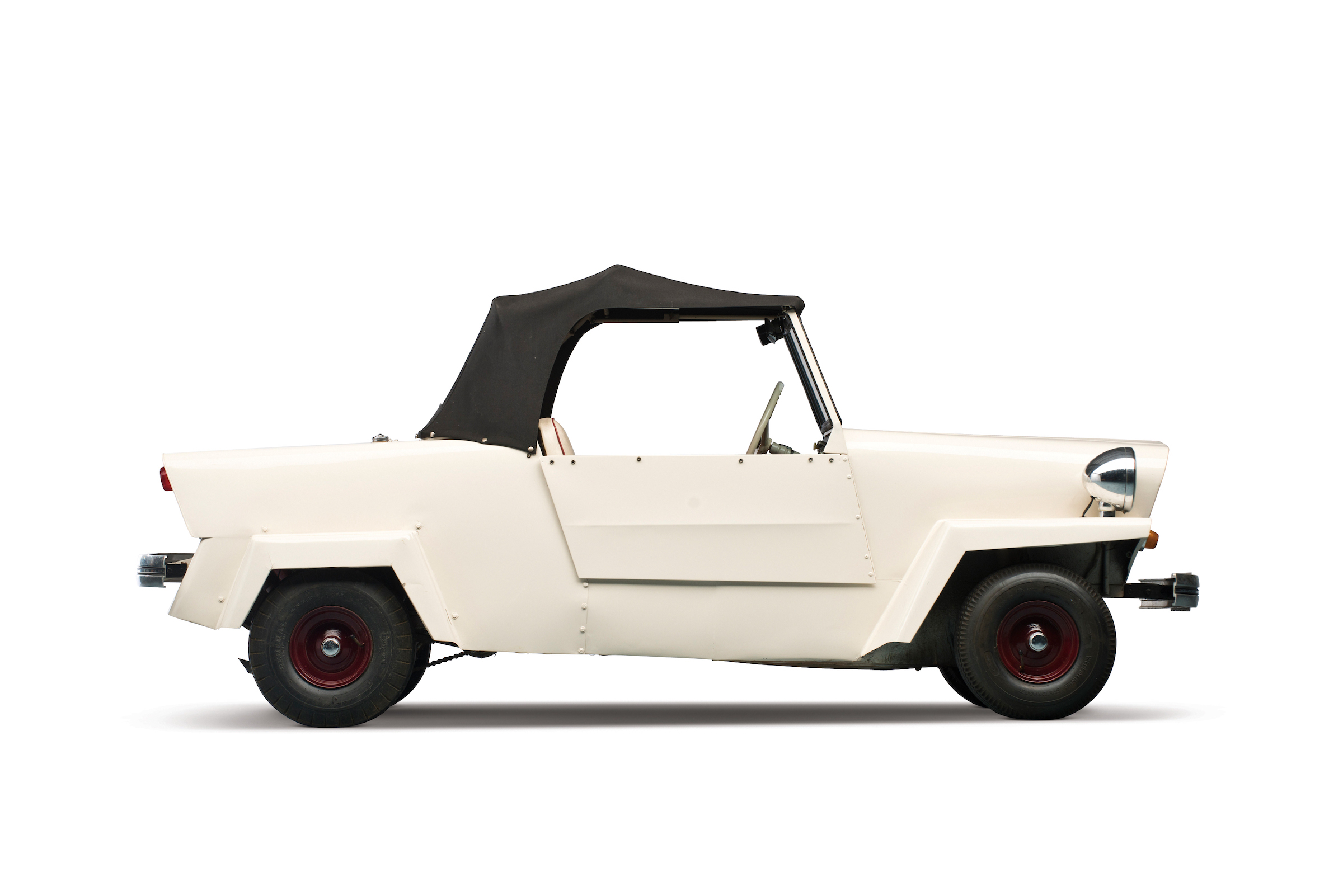
By the time this bigger powerplant was introduced, the writing was on the wall for Midget Motors. As the mid-1960s approached, Dry and Orcutt decided that it was time to retire, so in 1966 they sold up to Rootes Group executive Joseph Stehlin, who led a consortium backed by investment bankers. Whereas Dry and Orcutt had been cautious with their production volumes, the new owners decided to ramp up production considerably, but the demand simply wasn’t there, and by 1969 the company had gone bust.
Midget Motors was sold on again, with the company opening a factory in Florida in 1969. But within a year a fire there led to the demise of the King Midget for good. This quirky microcar had enjoyed a good run though, with 5000 or so examples made in all, making it the most successful and longest-lived mail-order car ever produced.
Read more
Exit via sunroof, and other tips for a microcar novice
One more reason to smile as Microlino minicar orders open
This vinyl-bodied Velorex keeps things simple







